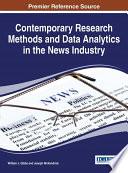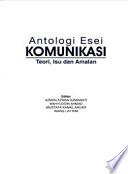
Radio Rides the Range
A Reference Guide to Western Drama on the Air, 1929-1967
This is a comprehensive encyclopedia to the more than 100 radio programs portraying the American West, in fact and fiction, heard by generations of listeners from the Great Depression through the Cold War era. The book includes both the popular and lesser known series, as well as would-be offerings that never made it past the audition stage. Each entry describes the series, the extent to which it was based on actual facts, the audience it was written for, and its broadcast history. The descriptions also examine how the programs reflected society's changing social and cultural attitudes towards racial and ethnic minorities and the role of women. The availability of surviving audio copies and original scripts is noted. An extensive bibliography and several appendices provide additional sources of information about Western programming during the Golden Age of Radio.
- ISBN 13 : 0786471468
- ISBN 10 : 9780786471461
- Judul : Radio Rides the Range
- Sub Judul : A Reference Guide to Western Drama on the Air, 1929-1967
- Pengarang : Jack French, David S. Siegel,
- Kategori : Performing Arts
- Penerbit : McFarland
- Bahasa : en
- Tahun : 2013
- Halaman : 244
- Google Book : http://books.google.co.id/books?id=VfLaAQAAQBAJ&dq=intitle:Radio&hl=&source=gbs_api
-
Ketersediaan :
This is a comprehensive encyclopedia to the more than 100 radio programs portraying the American West, in fact and fiction, heard by generations of listeners from the Great Depression through the Cold War era.








